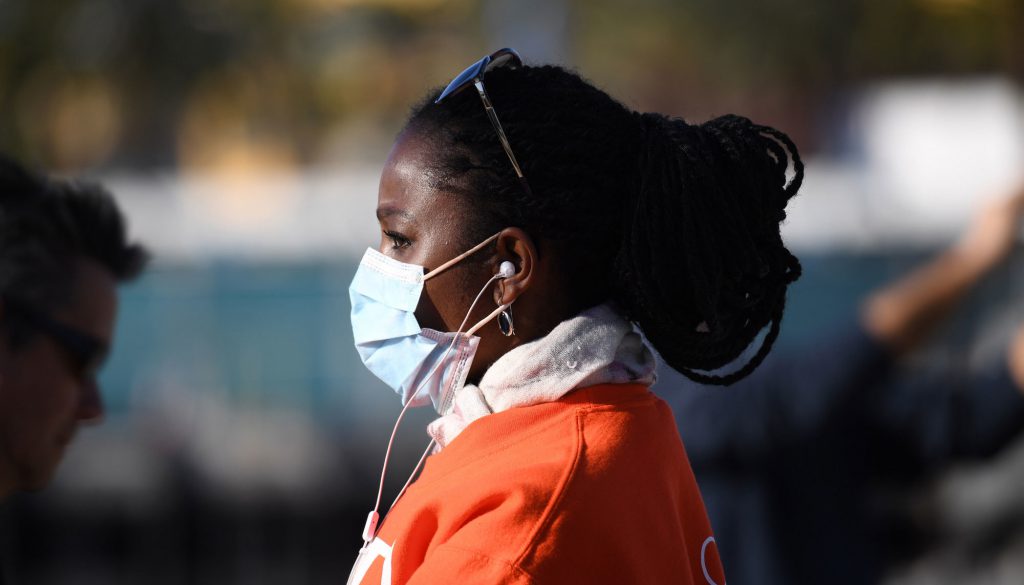Experts from LPPI report that the ability for some residents and neighborhoods in Los Angeles County to shelter in place reflects entrenched inequalities in resources, health, environment, and access to care. Extractions of empirical evidence in this report support policy recommendations that address inequities facing residents and neighborhoods unable to shelter in place, especially communities of color.
Overview:
The COVID-19 pandemic has revealed and deepened race and class inequalities in Los Angeles County. In an effort to further explore its implications, this report examines the relative difficulty or ease of complying with the “shelter-in-place” or “stay at home” mandates. The report highlights key neighborhoods facing high burden from shelter-in-place which include a disproportionate concentration of people of color, immigrants, renters, households without vehicles and access to broadband internet in the highest-burden areas. Policy and program recommendations are made that address inequalities facing residents and neighborhoods unable to comply with shelter in place mandates, providing genuine opportunity as California rebuilds in the wake of COVID-19.
Key Findings:
- Black and Latino communities face the highest burdens to sheltering in place. Over 40% of each group’s population reside in neighborhoods designated as most burdened by shelter-in-place (SIP) policies. In contrast, nearly half of Los Angeles County’s white population reside in the least SIP burdened neighborhoods.
- In addition to the concentration of Blacks and Latinos, neighborhoods that are facing high burden from SIP policies are predominantly renter neighborhoods, with severe housing costs, and have higher share of households with no vehicles and access to broadband internet when compared to the least burden neighborhoods. Nearly 2 in 5 residents of high burden neighborhoods are immigrants with many households being limited English proficient.
- Of the 15 neighborhoods ranked highest by the Shelter-in-Place-Burden (SIPB) Index, 12 are located in South Los Angeles. In contrast, the 15 neighborhoods ranked lowest in the index are dispersed throughout the county with clusters in the affluent coastal and mountain areas such as Malibu and La Canada Flintridge.












